6 Tips for Keeping Extreme Chicago Weather Out of Your Home

Living in the Midwest brings tumultuous weather year-round. You’ll deal with fluctuating temperatures, heat, humidity, rain, snow, sleet, tornadoes, and strong winds. Chicago can see all seasons in a single week.
Many homeowners want to create comfortable homes throughout the seasons. That can be a challenge living in Chicago, but it doesn’t have to be. These are six tips for keeping extreme Chicago weather out of the home. Continue reading to get started.
Add Storm Windows
Storm windows aren’t in the budget for every home in Chicago, but they are a fantastic option to keep those extreme temperatures outside. They provide a buffer against the harsh cold and prevent that slow heat loss through gaps that happen with traditional windows.
Replacing old windows with energy-efficient models will stop any cold or heat from entering or exiting. There’s really no need to worry. However, know that you must seal them properly to ensure they’re working effectively. If you don’t, the seal won’t stop the cold or hot air from entering your house.
Plant Evergreen Trees and Shrubs
Chicago earned the nickname Windy City for a reason. During any season, there are days when the wind whips strongly. Planting strong, voluminous trees and shrubs can stop the straight-line winds from affecting your house’s comfort.
Believe it or not, Evergreen trees and shrubs serve as a great buffer. This long-term solution will stop the winds before they reach your home. Ensure that you plant more than one or two trees. You’re essentially creating a wall against the harsh winter, spring, and fall winds. This can reduce your home’s energy costs, putting money back in your pocket.
Pro-Tip
This tip also helps in the fight against climate change, making this a great, green option.
Use Window Coverings
Updating your windows is one step, but adding blinds, drapes, and curtains will keep that harsh Chicago weather out even more. During the summer, the sun can shine brightly through the windows. These rays can quickly heat up a house. Insulated curtains and shades can stop the sunshine from creating an uncomfortable environment.
They’re also incredibly important for blocking the cold temperatures during the winter. Close these coverings in the evenings to stop the chilly air from affecting your sleep habits. It’s best to keep the shades open in the daytime, especially in the winter, to allow the sunshine to warm up your house. This will keep you from cranking up the heat and increasing your energy bill.
Add More Insulation
Properly insulating your home is one of the best things you can do to keep that extreme Chicago weather out of your house. It will keep it warm in the winter and cool in the summer. The type of weatherproof insulation you use and the size of your house are factors in how much money you’ll save on your energy bills. Also, you must install insulation in the right places.
Where To Insulate
The attic is probably the most crucial spot to insulate in a home. Your winter heat will quickly exit out the attic when there’s inefficient insulation. The insulation will slow the heat transfer and stop it from escaping. Every spot in the attic is essential to insulate, including the attic opening. If you need to insulate your attic space, look for an insulation type with a solid R-value. R-value is a measurement that shows how well the insulation prevents heat flow in and out of the home. It illustrates to homeowners and contractors how well the insulation will work in the house.
The other place to focus on insulation is the outer and inner walls of your home. This insulation will stop those extreme temperatures from entering. It will also reduce outside and inside noise pollution. Do you live on a noisy street? Are you a night shifter whose kids wake them up during the day? Wall insulation will help with all of this—especially spray foam. Paragon Protection is the premier spray foam insulation contractor in McHenry, Illinois. We’ll give your house the insulation upgrade it needs to withstand Chicago weather.
If you have a basement or crawlspace, insulating the floors above this area will make your home more comfortable. It creates a thermal barrier between the cold space and the rest of your house. Add spray foam insulation around the windows and doors to have another protective barrier.
Weatherstrip Windows and Doors
Weatherstripping is one of the best defenses for your home. There are typically cracks, nooks, and crannies around windows and doors that lead to air leaks. Applying materials, such as caulking, V-seal, and foam tape, can stop the outdoor elements from entering your house.
If you’re not sure if you need weatherstripping, you’ll be happy to learn that there are a few testing options you can try. At night, take out a flashlight and look for areas where you can see some light shining through. If the door or window has proper sealing, you shouldn’t find any light.
Another way to check is to use the moisture test. It’s best to try this on a colder Midwest day. Wet your hands with room temperature water and then run your hand along the edges of the windows and doors. You’ll feel the cold air thanks to the moisture. Add weatherstripping if you feel the chilly air coming through.
Air Seal the Entire House
Air sealing will reduce the amount of air that leaks in and out of your home. It’s a cost-effective way to create a more comfortable home. You’ll have lower energy bills, improved durability, a healthier indoor environment, and increased comfort.
You’ve already air-sealed the windows and doors, so focus on areas you didn’t consider. Think dryer vents, electrical outlets, switch boxes, plumbing pipes, and bathroom vents. Putting an end to these leaks with spray foam or caulk will reduce cold gain and heat loss through those pesky areas.
Think of all the savings you’ll gather after following these tips. The extreme Chicago weather will stay outside where it belongs instead of in your home. Plus, having a more comfortable and energy-efficient home will make the entire family and your bank account happy. Maybe now you can tackle those home updates you’ve been trying to save for? It’s something to think about.





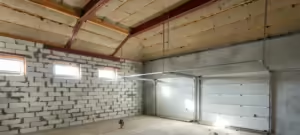




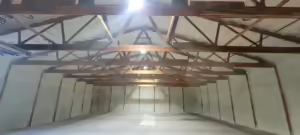



 Professional Insulation Services
Professional Insulation Services Attic Insulation Services
Attic Insulation Services Basement Insulation
Basement Insulation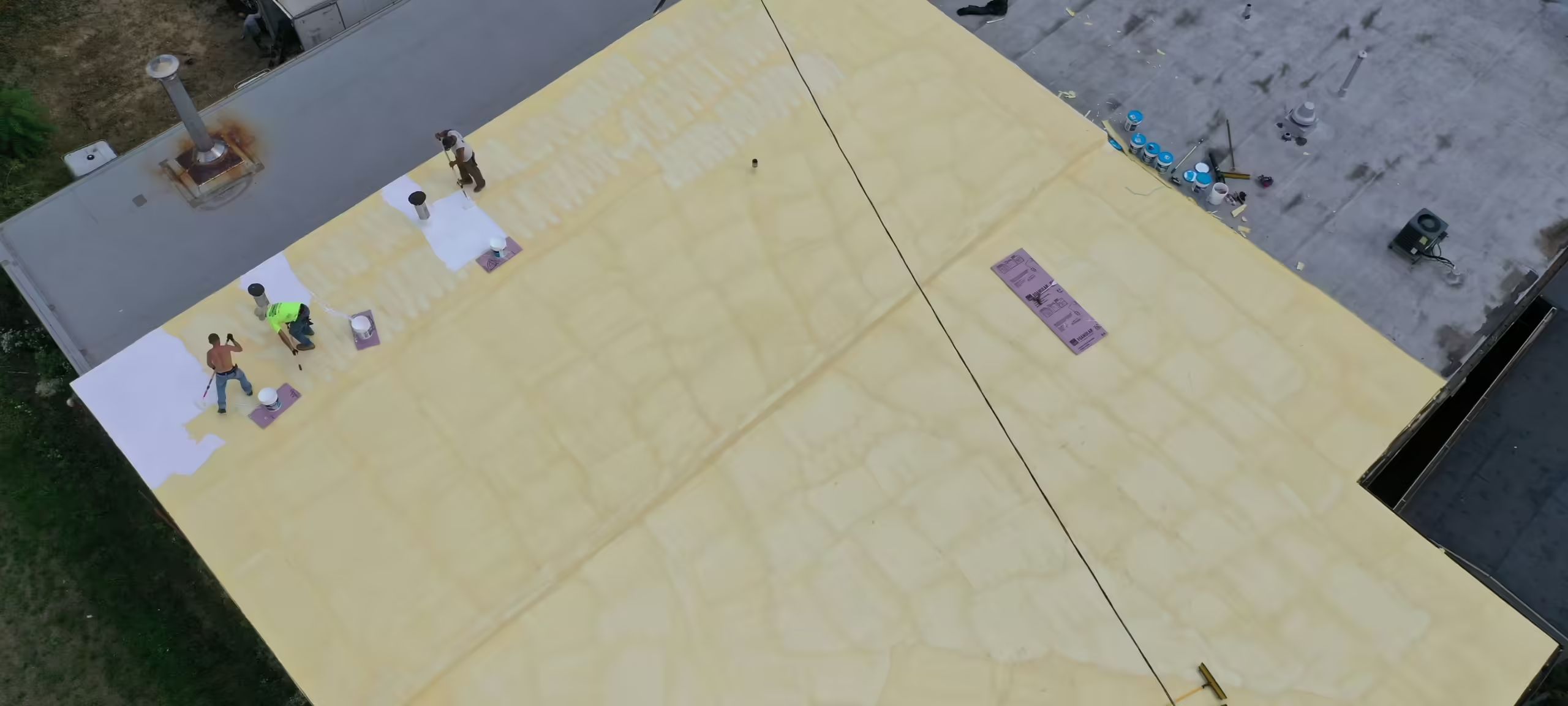 Commercial Insulation
Commercial Insulation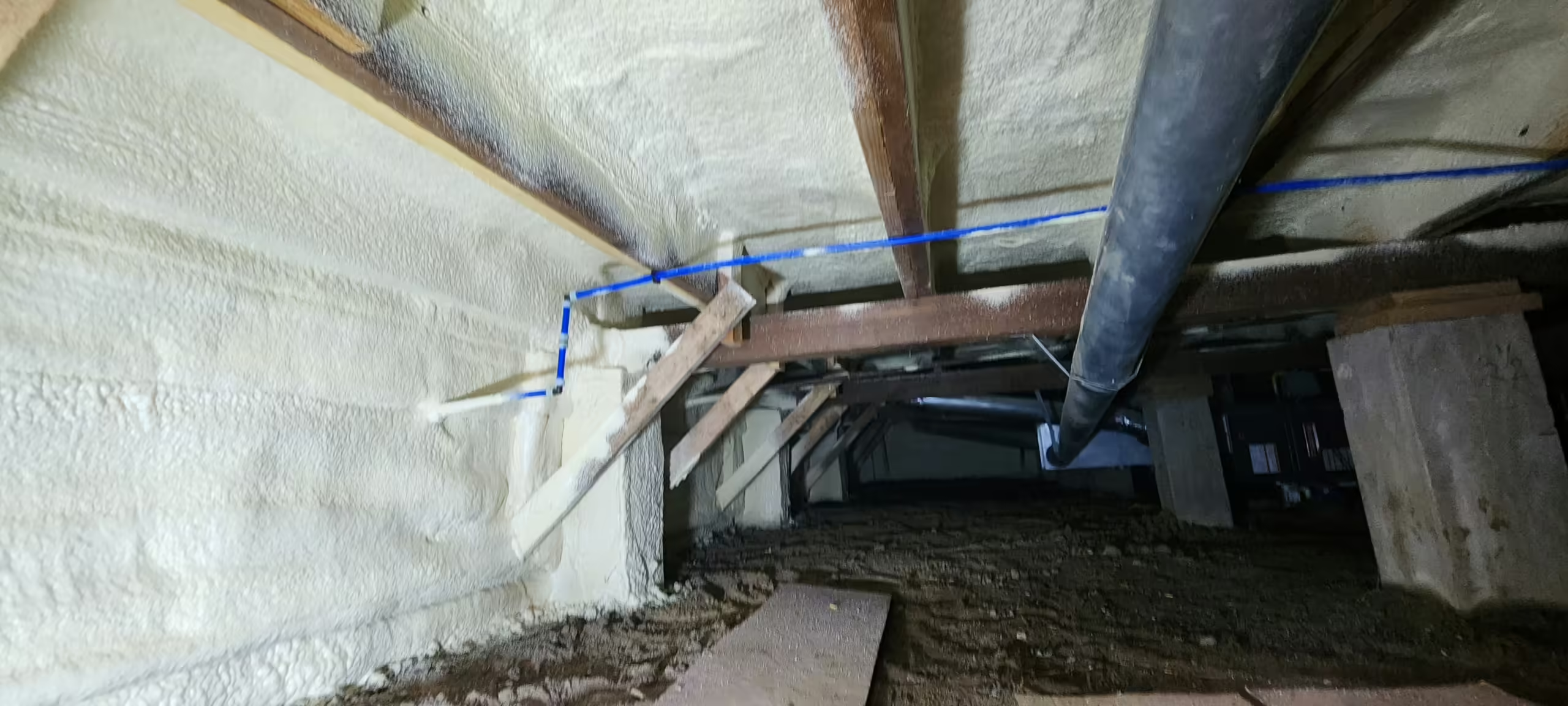 Crawl Space Insulation
Crawl Space Insulation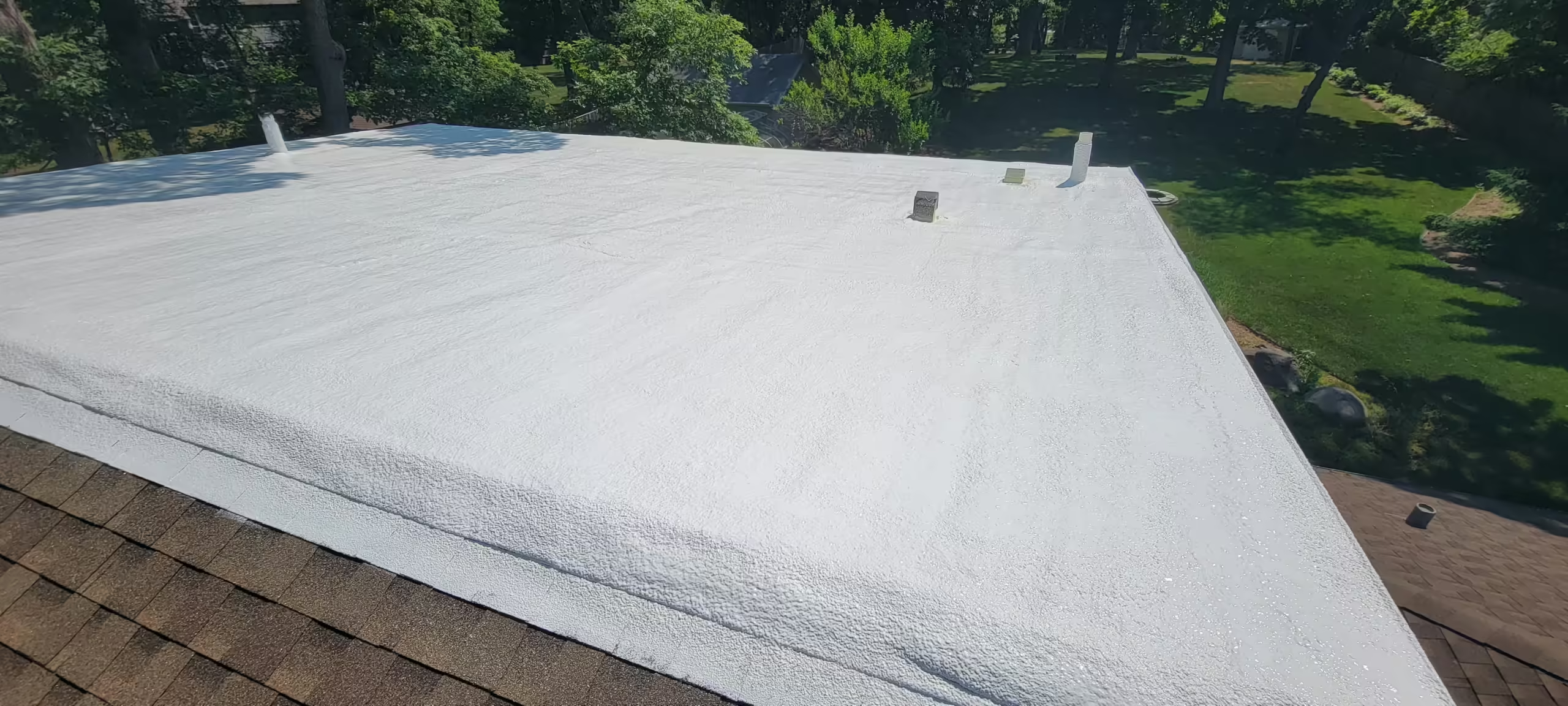 Exterior Wall Insulation
Exterior Wall Insulation Garage Insulation
Garage Insulation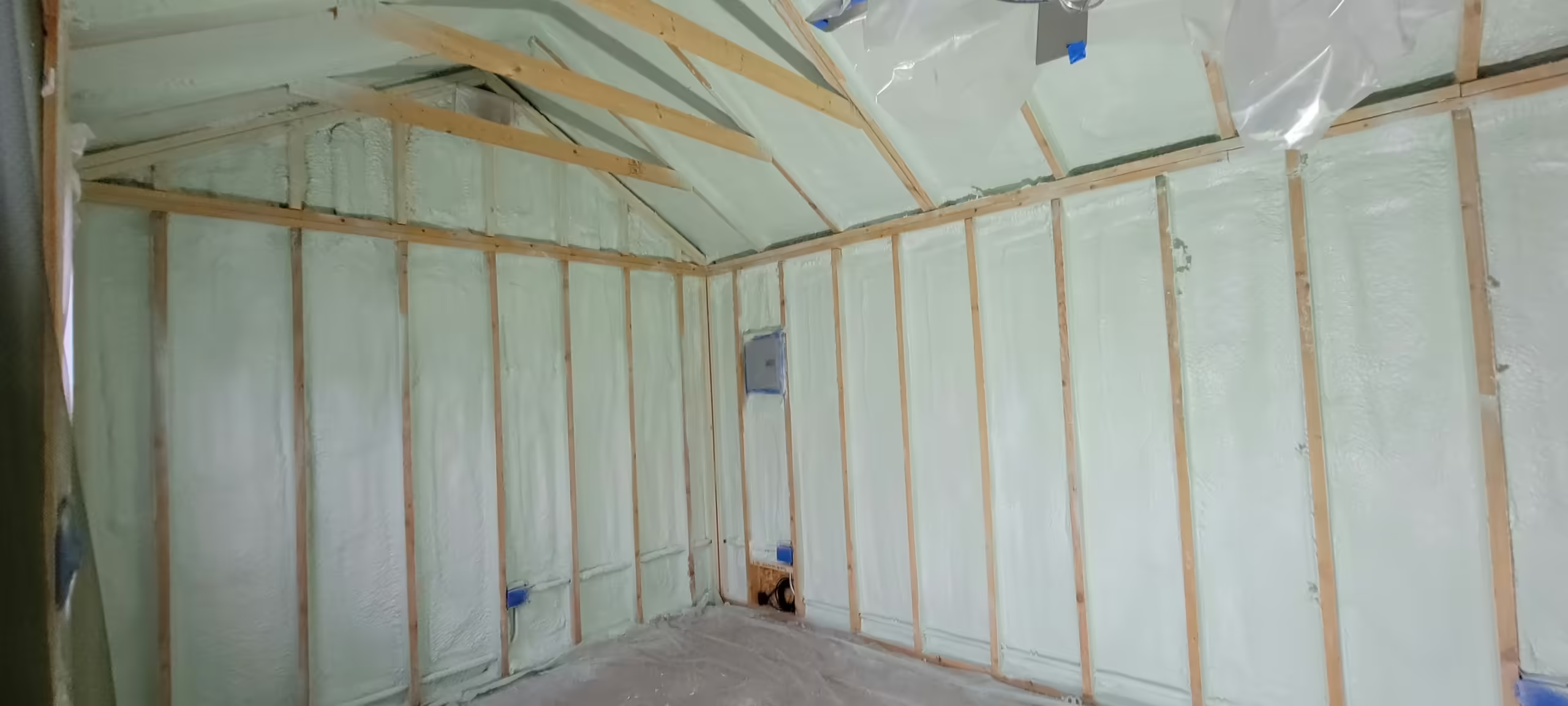 Interior Wall Insulation
Interior Wall Insulation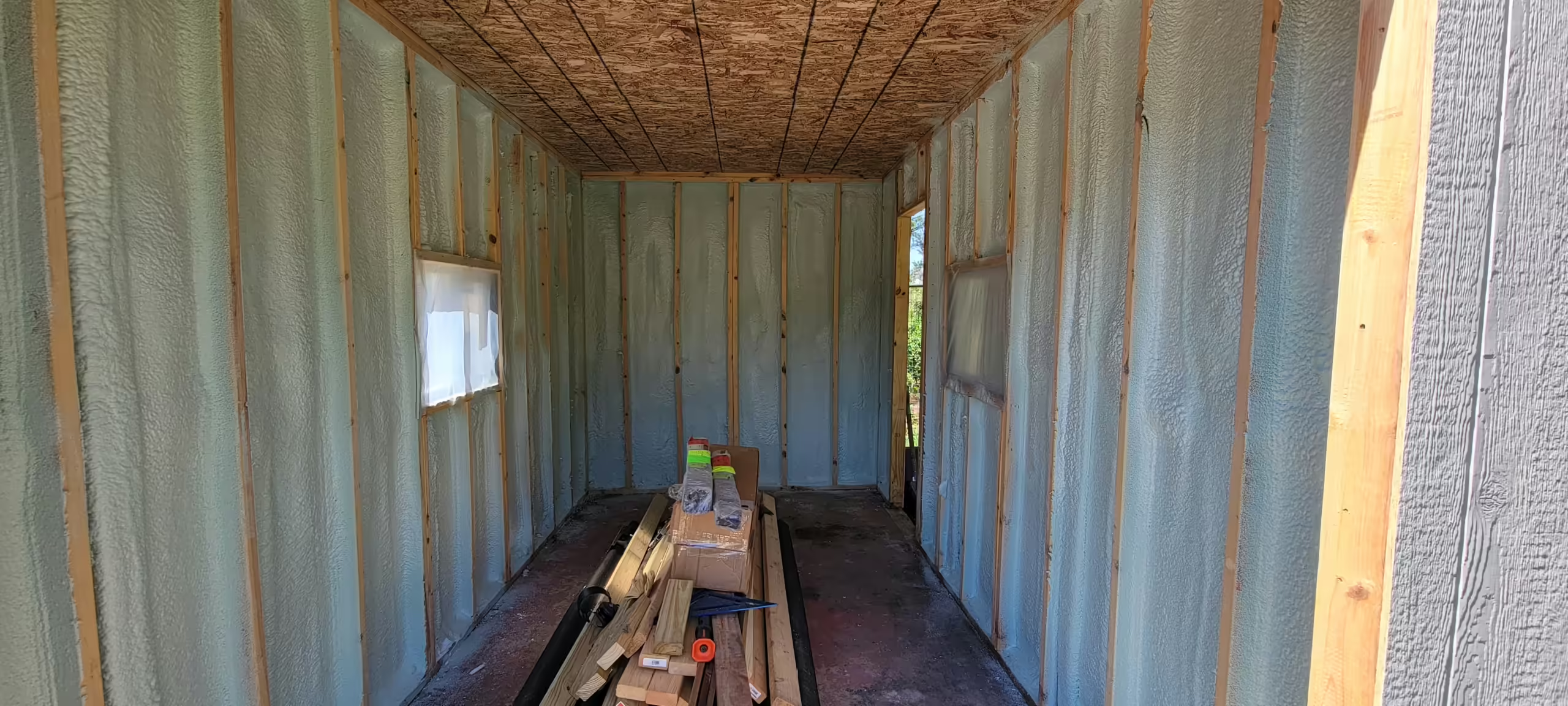 Shed Insulation
Shed Insulation Power Washing
Power Washing Sealcoating
Sealcoating Backup Power Generators
Backup Power Generators Lake County Insulation
Lake County Insulation Spray Foam Insulation Guides
Spray Foam Insulation Guides Insulation Guide
Insulation Guide Home Improvement & Maintenance Guide
Home Improvement & Maintenance Guide